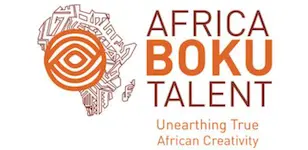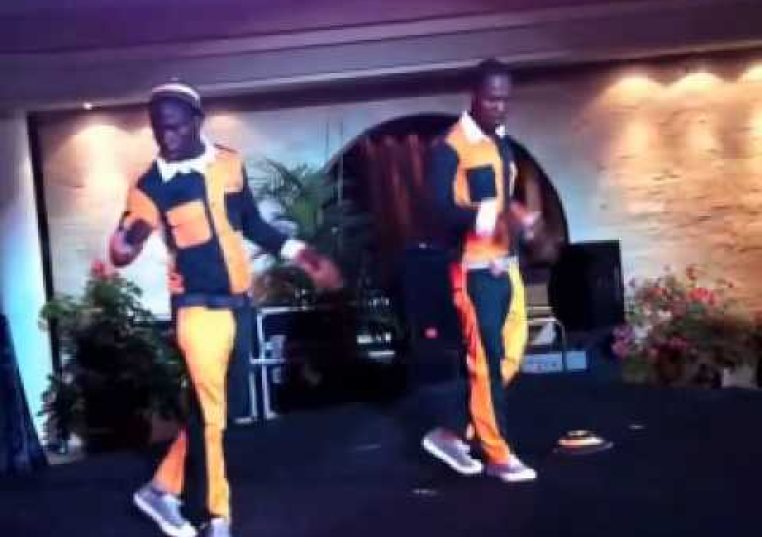Tofo Tofo Dance Group is made up of three Mozambican men who integrated kwaito music and pantsula dance, which originates from South Africa, to create their own unique type of dance that has become internationally celebrated. This new form of movement has brought local African dance onto a global stage. The music genre that the Tofo Tofo dance troupe dances to is called kwaito music, a form of South African house music. This genre started developing in the 1990s. The term kwaito is derived from the Afrikaans word kwaii, which means strict or angry, although in more common and contemporary use the word is a loose translation of the English term cool.[1] The language used in kwaito music is that of South African township slang, called Isicamtho. e origination and development of kwaito has had a significant impact on South African culture to the extent that it is seen as a lifestyle as much as a music genre. The blend of black urban style and modern influences contribute to its constant evolution – much like South Africa itself.[2] One of the first kwaito singles to become a big hit in South Africa was “Kaffir” by Arthur Mafokate. This single illustrated the freedom of expression resulting from political liberation in South Africa.[1] The first kwaito group was Boom Shaka. Kwaito music has a distinct sound. It is an urban sound that is richly textured and expressive. Its dance beat has roots in South African music styles such as mbaqanga and dancehall, as well as house and disco.[2] Typically at a slower tempo range than other styles of house music that it stems from, kwaito music often contains catchy melodic and percussive loop samples, deep bass lines, and vocals. One distinctive feature of this genre is the manner in which the lyrics are sung, rapped and shouted. American producer Diplo has described kwaito as “slowed-down garage music” most popular among the black youth of South Africa.[1] Kwaito is not performed by a live band. The music tracks are manufactured digitally in a studio, and then played as a backing track on stage. In kwaito music, township culture is being celebrated by its youth. In South Africa, close to half of the population is under the age of twenty-one years, kwaito music has helped shape a spirit of optimism and self-confidence by being the new sound of the township.[3] Kwaito music is about the township, knowing about the township, understanding the township, walking the walk, talking the talk and more importantly, being proud of these things.[4] Kwaito has been known as the expression of new freedom, and many anti-Apartheid chants have been used as lyrics for kwaito songs. In this sense, kwaito has led post-Apartheid township culture into the mainstream culture.[1] The lyrics of this genre convey the street language of the townships. The group is led by Mario Abel Buce, known as Kwela, and Xavier Manuel Campione, known as Xavitto, both of whom are widely recognised in Mozambique for their distinctive dance moves. The group is led by Mario Abel Buce, known as Kwela, and Xavier Manuel Campione, known as Xavitto, both of whom are widely recognised in Mozambique for their distinctive dance moves Xavitto and Kwela have performed at many wedding parties, private events, and have had many local shows. Videos of their performances have been put up on YouTube by their audiences to present their talents to a larger, international audience.[

